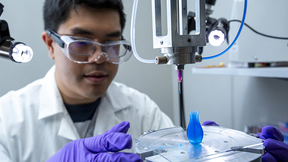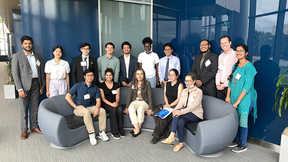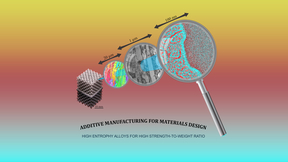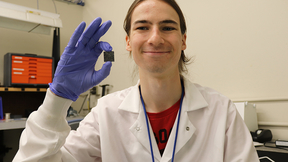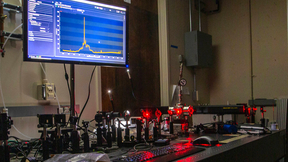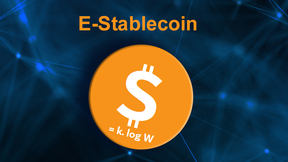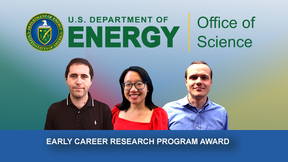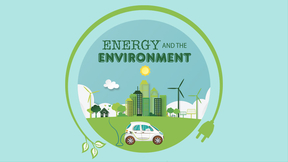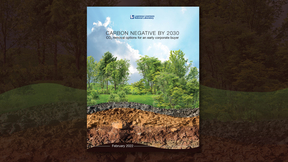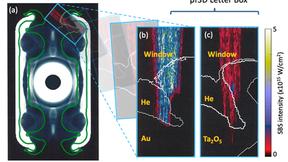Back
Lawrence Livermore National Laboratory (LLNL) hosted a group of students and faculty from Historically Black Colleges and Universities (HBCUs) for a week in June to promote internships, job opportunities and career paths at LLNL. Judging from the group’s reaction and feedback, the inaugural week-long HBCU tour was a clear success and made a positive impression on the…
Lawrence Livermore National Laboratory (LLNL) scientists and engineers have garnered three awards among the top 100 industrial inventions worldwide. The trade journal R&D World Magazine recently announced the winners of the awards, often called the “Oscars of invention,” recognizing new commercial products, technologies and materials that are available for sale or…
Leaders at Lawrence Livermore National Laboratory (LLNL) and the Korea Institute of Science and Technology (KIST) signed a memorandum of understanding (MOU) on Monday to collaborate on basic science and technology in the renewable energy, climate science, data science and characterizations arenas. Under the MOU, KIST will have office space in the Livermore Open Campus…
The leaders of Case Western Reserve University and Lawrence Livermore National Laboratory (LLNL) signed a memorandum of understanding (MOU) to accelerate their efforts in shared areas of excellence. After three years of growing institutional collaboration in such areas as energy, materials science and polymer processing, Case Western Reserve President Eric W. Kaler…
The graphite-diamond phase transition is of particular interest for fundamental reasons and a wide range of applications. On very fast compression time scales, material kinetics hinder the transition from graphite to the equilibrium cubic diamond crystal structure that we commonly know as diamond. Shock wave compression of graphite typically requires pressures above 50 GPa…
Metal 3D printing is used to produce components for many commercial applications, particularly in the transportation sector, where printing methods such as laser powder bed fusion (L-PBF) can produce super-strong and ultralight complex-shaped components that cannot be manufactured with conventional techniques. But while laser-based methods enable the manufacturing of…
Scientists at the Lawrence Livermore National Laboratory (LLNL) Energetic Materials Center and Purdue University Materials Engineering Department used simulations performed on the LLNL supercomputer Quartz to uncover a general mechanism that accelerates chemistry in detonating explosives critical to managing the nation’s nuclear stockpile. Their research is featured in the…
Various types of iron oxide (FeO) are typically distinguished by the number of iron and oxygen atoms coordinated with one another. However, specific iron and oxygen coordination is also an important factor to consider, as a molecule’s various phases can exhibit vastly different material properties. In recent years, epsilon-phase iron oxide (ε-Fe2O3), a rare polymorph of…
Additive manufacturing is essential to the production of advanced materials, providing a straightforward approach to rapid prototyping and manufacturing. Direct ink writing (DIW), a subset of additive manufacturing, offers a versatile route to ink extrusion—a processing method where a viscous ink is forced through a nozzle but behaves like a solid when printed on a…
A visit to Lawrence Livermore National Laboratory (LLNL) last summer by a university professor led to a unique internship opportunity for an undergraduate student this summer: helping LLNL scientists fabricate higher-performing carbon aerogel structures for electrodes and other energy-storage applications. In 2021, Professor Anthony Santamaria from Western New England (WNE…
A team of researchers from Lawrence Livermore National Laboratory (LLNL) and the University of Michigan has found that the rate of cooling in reactions dramatically affects the type of uranium molecules that form. The team’s experimental work, conducted over about a year-and-a-half starting in October 2020, attempts to help understand what uranium compounds might form in…
Researchers from Lawrence Livermore National Laboratory (LLNL) have devised a physics-based cryptocurrency that links electrical energy and blockchain technologies in a new way. This new blockchain concept, dubbed “E-Stablecoin,” could allow electricity to be transmitted between users who are spread around the world, without the need for interconnecting wires or a grid…
Three scientists from Lawrence Livermore National Laboratory (LLNL) are recipients of the Department of Energy’s (DOE) Office of Science Early Career Research Program award. Mimi Yung, John Despotopulos and Timofey Frolov are among 83 awardees receiving the recognition. Under the program, typical awards for DOE national laboratory staff are $500,000 per year for five years…
Having developed several transparent ceramics for radiation detection applications for the Department of Homeland Security and the Stockpile Stewardship Program, Lawrence Livermore recently leveraged its unique additive manufacturing resources and capabilities to develop transparent ceramics with properties not previously available for use as laser materials.
Three Lawrence Livermore National Laboratory (LLNL) postdoctoral appointees have been selected to attend the 71st annual Lindau Nobel Laureate meeting in Germany this summer thanks to the University of California President’s 2022 Lindau Nobel Laureate Meetings Fellows Program. The three selected to attend are Magi Mettry, Johanna Schwartz and Dane Sterbentz. The Lindau…
Throughout the month of February, scientists from the Physical and Life Sciences (PLS) directorate virtually participated in three of the four 2022 Science on Saturday (SOS) lectures, presenting on the theme “Energy and the Environment.” The SOS lecture series is an annual collaboration between scientists at Lawrence Livermore National Laboratory (LLNL) and staff members…
Carbon exhibits a remarkable tendency to form nanomaterials with unusual physical and chemical properties, arising from its ability to engage in different bonding states. Many of these “next-generation” nanomaterials, which include nanodiamonds, nanographite, amorphous nanocarbon and nano-onions, are currently being studied for possible applications spanning quantum…
Lawrence Livermore National Laboratory (LLNL) scientists have provided input on Microsoft’s pathway to become carbon-negative by 2030. LLNL researchers built on their pivotal report "Getting to Neutral: Options for Negative Carbon Emissions in California," which has become a trusted adviser in the discussion of how to remove carbon dioxide from the air, to make…
Most metal alloys are prone to corrosion, which costs hundreds of billions of dollars of damage annually in the U.S. alone. Accurately predicting corrosion rates is a long-standing goal of corrosion science, but these rates depend strongly on the specific operating environment. At the atomic scale, these environmental factors are associated with how quickly and easily…
A major cost of running the National Ignition Facility (NIF) is managing and mitigating laser-induced damage to optics as the laser beams propagate to the target. Another damage mechanism stems from stimulated Brillouin scattering (SBS) as light travels back from the target and with nearly the same wavelength as the incoming light. This SBS has the potential to cause…


